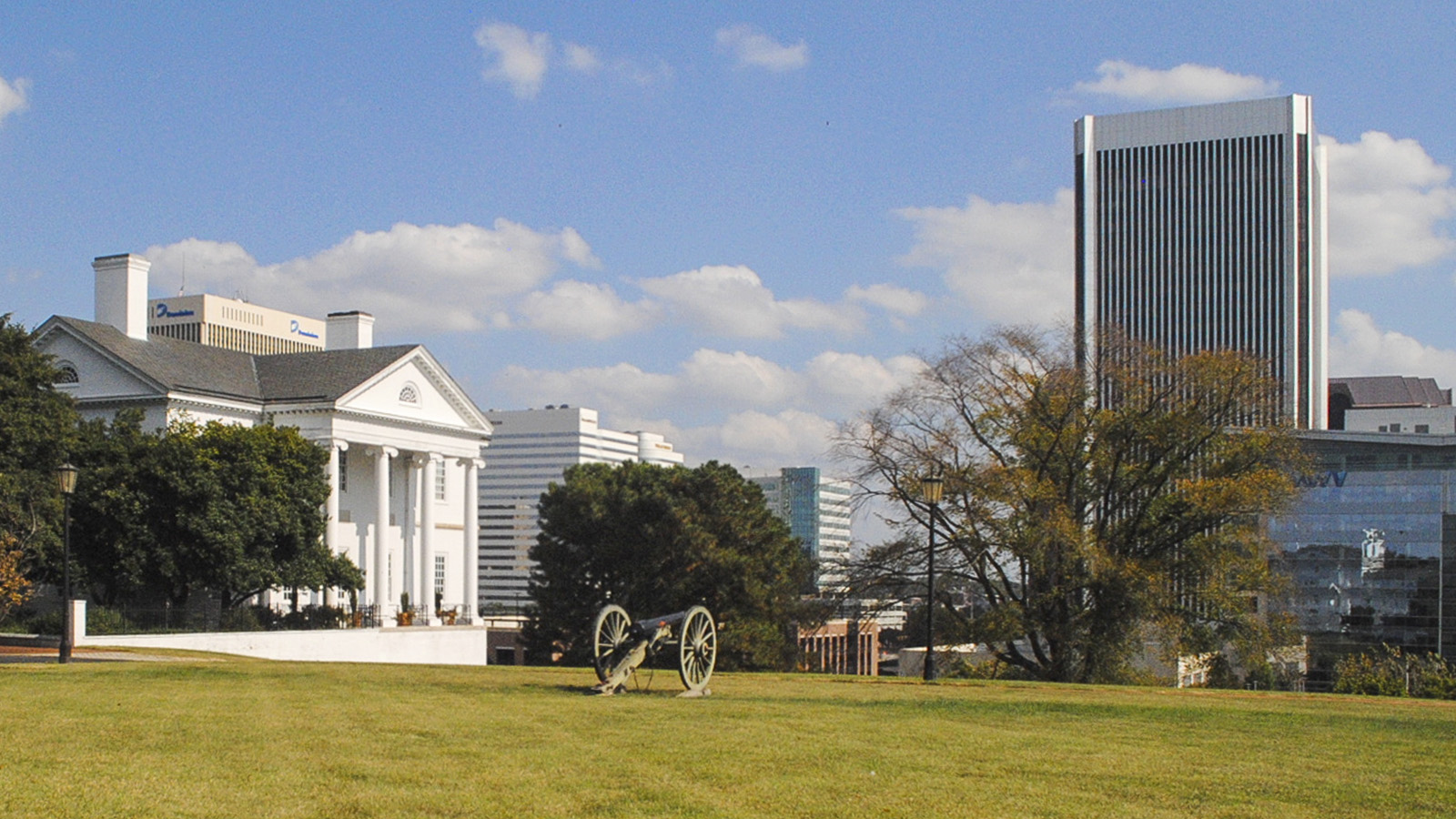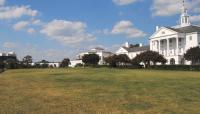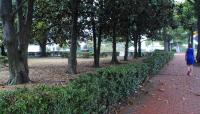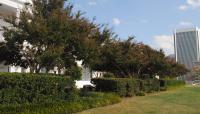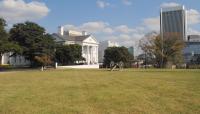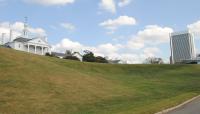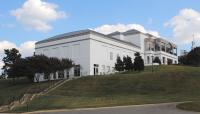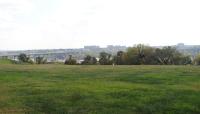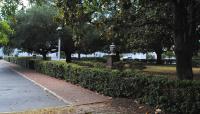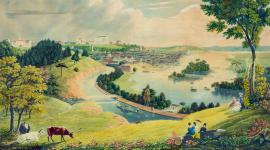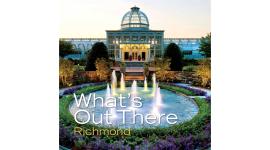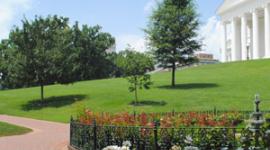Landscape Information
First occupied by colonist William Byrd III as early as 1760, this nine-acre property was among the first public parks in Richmond. In 1800 Colonel John Harvie commissioned the construction of a house atop a hill overlooking the James River. Shortly thereafter, the property was purchased by Major Robert Gamble. In 1854 architect William Pratt constructed a castle encircled by a crenellated wall amidst other distinguished houses atop Gambles Hill. At the same time, the slope of the hill below the residential neighborhood figured into civil engineer Wilfred Cutshaw’s City Beautiful plans for post-War Richmond and a park overlooking the falls was established. Linear alignments of trees, meandering bench-lined paths, and formal plantings constituted the heart of the park. In 1907 the Association for the Preservation of Virginia Antiquities introduced a bronze cross set into river rock, marking the 300th anniversary of Captain John Smith’s arrival in Richmond. In 1929 the City installed a comfort station resembling Pratt’s Castle.
In 1957 Ethyl Corporation acquired 6-acres on the peak of Gambles Hill and demolished Pratt’s Castle. It was replaced with a Classical Revival structure by Carneal and Johnston architects, and a landscape by Charles Gillette. Commissioned to design the corporate campus, Gillette developed an open lawn lined with crape myrtles and a buffer of perimeter shrubs. To the rear of the building, Gillette installed a rectilinear garden with symmetrical parterres lined by oaks, magnolias, and brick walks.
In the 1980s Ethyl traded Brown’s Island, now part of the James River Park System, for the exposed hillside adjacent to the campus.




